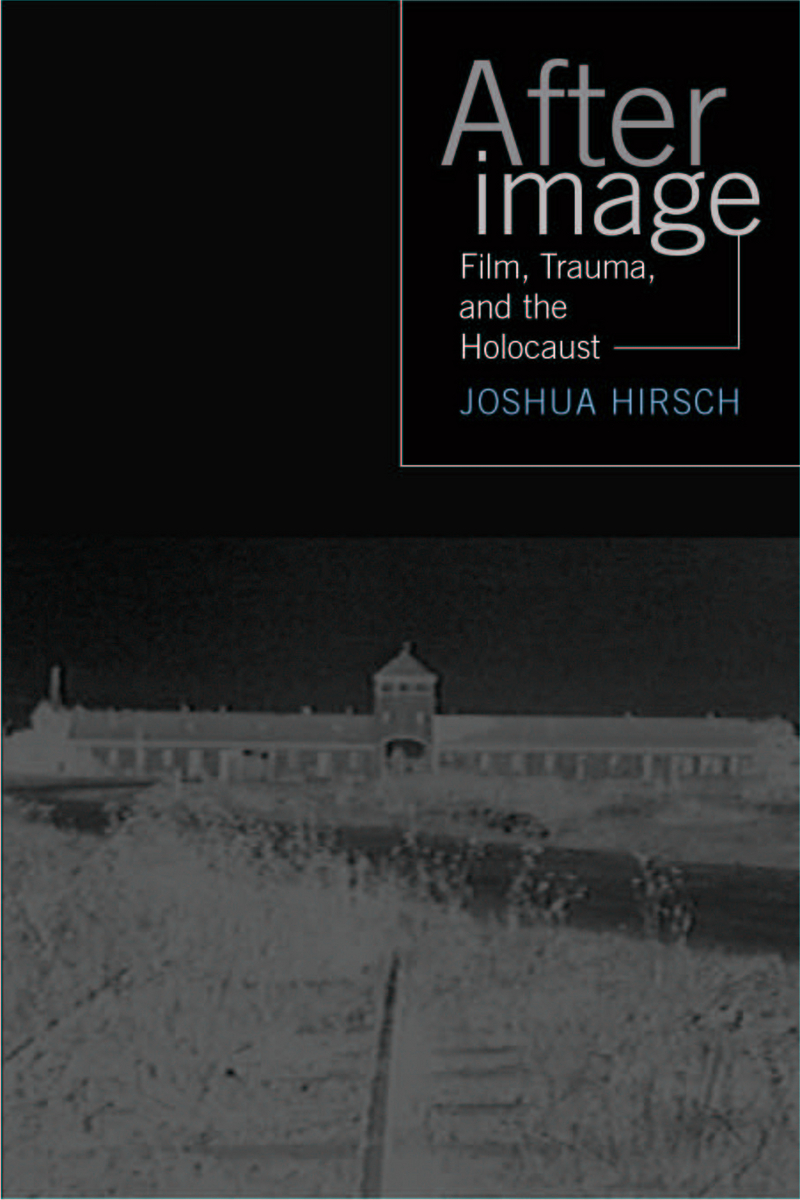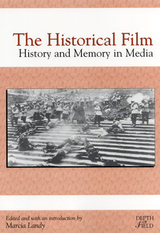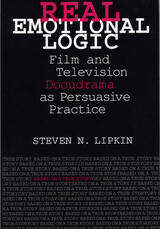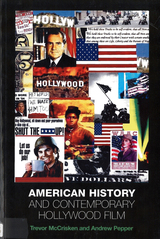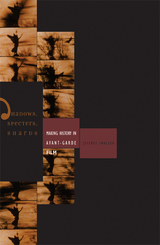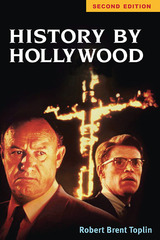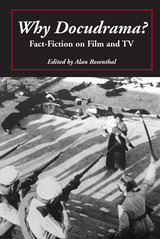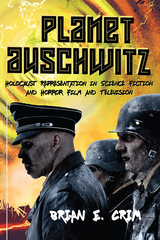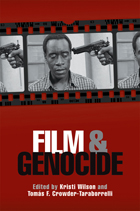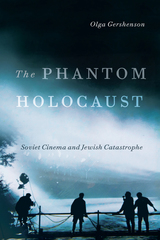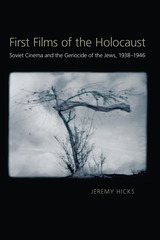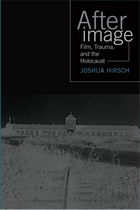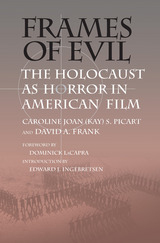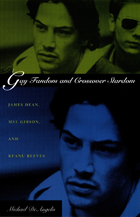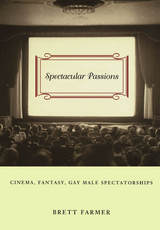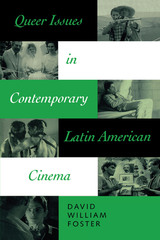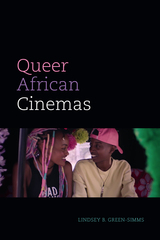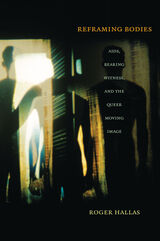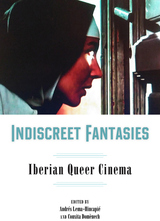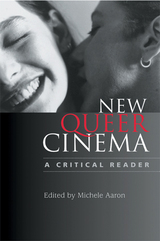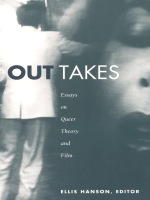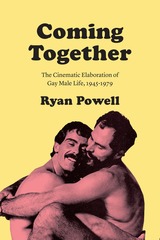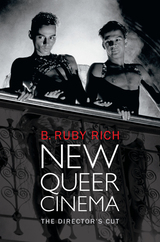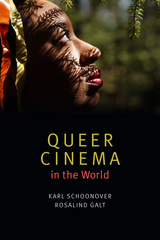Afterimage: Film, Trauma And The Holocaust
Temple University Press, 2003
Paper: 978-1-59213-209-6 | Cloth: 978-1-59213-208-9 | eISBN: 978-1-4399-0395-7
Library of Congress Classification PN1995.9.H53H57 2004
Dewey Decimal Classification 791.43658
Paper: 978-1-59213-209-6 | Cloth: 978-1-59213-208-9 | eISBN: 978-1-4399-0395-7
Library of Congress Classification PN1995.9.H53H57 2004
Dewey Decimal Classification 791.43658
ABOUT THIS BOOK | AUTHOR BIOGRAPHY | REVIEWS | TOC | REQUEST ACCESSIBLE FILE
ABOUT THIS BOOK
The appearance of Alain Resnais' 1955 French documentary Night and Fog heralded the beginning of a new form of cinema, one that used the narrative techniques of modernism to provoke a new historical consciousness. Afterimage presents a theory of posttraumatic film based on the encounter between cinema and the Holocaust. Locating its origin in the vivid shock of wartime footage, Afterimage focuses on a group of crucial documentary and fiction films that were pivotal to the spread of this cinematic form across different nations and genres.
Joshua Hirsch explores the changes in documentary brought about by cinema verite, culminating in Shoah. He then turns to teh appearance of a fictional posttraumatic cinema, tracing its development through the vivid flashbacks in Resnais' Hiroshima, mon amour to the portrayal of pain and memory in Pawnbroker. He excavates a posttraumatic autobiography in three early films by the Hungarian Istvan Szabo. Finally, Hirsch examines the effects of postmodernism on posttraumatic cinema, looking at Schindler's List and a work about a different form of historical trauma, History and Memory, a videotape dealing with the internment of Japanese Americans during the Second World War.
Sweeping in its scope, Afterimage presents a new way of thinking about film and history, trauma and its representation.
Joshua Hirsch explores the changes in documentary brought about by cinema verite, culminating in Shoah. He then turns to teh appearance of a fictional posttraumatic cinema, tracing its development through the vivid flashbacks in Resnais' Hiroshima, mon amour to the portrayal of pain and memory in Pawnbroker. He excavates a posttraumatic autobiography in three early films by the Hungarian Istvan Szabo. Finally, Hirsch examines the effects of postmodernism on posttraumatic cinema, looking at Schindler's List and a work about a different form of historical trauma, History and Memory, a videotape dealing with the internment of Japanese Americans during the Second World War.
Sweeping in its scope, Afterimage presents a new way of thinking about film and history, trauma and its representation.
